Introduction
Guerrilla Marketing is an unconventional and creative marketing strategy designed to achieve maximum exposure with a minimal budget. This innovative approach uses unexpected and imaginative tactics to engage audiences.
Unlike traditional marketing, Guerrilla marketing tactics rely on surprise and memorable interactions to leave a lasting impression. It’s perfect for small businesses and startups aiming to create a significant impact without hefty spending.
By leveraging public spaces and social media, Guerrilla Marketing can generate buzz and word-of-mouth, making it a powerful tool for brand awareness and customer engagement.
Benefits of Guerrilla Marketing
Guerrilla Marketing tactics offer several advantages for businesses aiming to stand out with limited budgets. This approach leverages creativity and strategic thinking to achieve impressive results.
Cost-effectiveness
The Guerrilla marketing examples of cost-effectiveness are:
Low Budget, High Return: Guerrilla Marketing requires minimal financial investment. Small businesses can gain significant exposure without hefty advertising costs.
Resourcefulness: It emphasizes using available resources cleverly. Street art or public stunts can generate buzz without significant expenses.
Efficient Spending: Money is spent on impactful, attention-grabbing tactics rather than traditional, costly advertising methods.
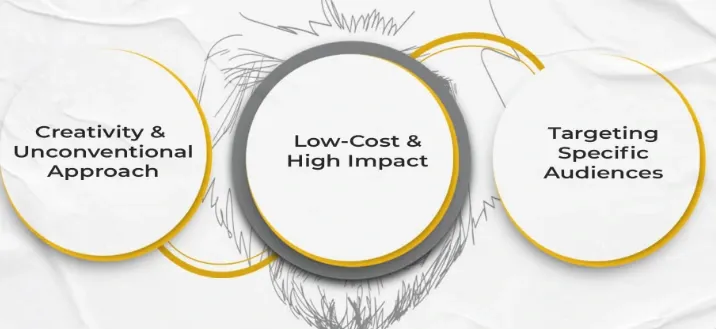
Creativity and Innovation
The Guerrilla marketing examples of creativity and innovation are:
Unique Approaches: Guerrilla Marketing encourages out-of-the-box thinking. A company might create an eye-catching mural to draw attention.
Memorable Campaigns: Creative tactics leave lasting impressions. A brand's unique public performance can become a talking point.
Brand Differentiation: Innovative strategies set brands apart from competitors. A distinctive approach can make a brand memorable.
High Impact with Low Budget
The Guerrilla marketing examples of high impact with low budget are:
Big Impact: Even with a small budget, Guerrilla Marketing can make a significant impact. A cleverly placed ad can attract widespread attention.
Wide Reach: Creative campaigns can reach a broad audience. Social media sharing amplifies the reach.
Public Engagement: Engaging tactics invite direct interaction. A public flash mob can involve and excite potential customers.
Ability to Go Viral
The Guerrilla marketing examples of the ability to go viral are:
Shareability: Creative and unexpected campaigns are easily shareable. Viral content spreads quickly across social media.
Wide Audience: Viral campaigns reach a global audience. A successful campaign can be seen by millions.
Brand Visibility: Viral content boosts brand visibility. More people become aware of the brand and its offerings.
Key Principles of Guerrilla Marketing
This section shows the key principles of Guerrilla Marketing.
Creativity
The first principle of Guerrilla marketing tactics is creativity:
Innovative Ideas: Creativity is the cornerstone of Guerrilla marketing tactics. Using unique concepts captures attention.
Engaging Content: Creative content is more engaging. It encourages audience interaction.
Lasting Impressions: Memorable creative tactics leave a lasting impact. People remember creative campaigns longer.
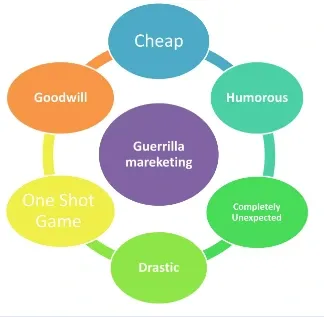
Flexibility
The next principle of Guerrilla marketing tactics is flexibility:
Adaptability: Guerrilla Marketing requires flexibility. Campaigns should adapt to changing environments and trends.
Responsive Strategies: Being flexible allows quick response to feedback. Adjustments can be made in real time.
Versatile Approaches: Flexibility enables various marketing approaches. Campaigns can be tailored to different audiences and contexts.
Timing
The third principle of Guerrilla marketing tactics is timing:
Strategic Timing: Choosing the right moment is crucial. Campaigns should launch when they can maximize attention.
Seasonal Relevance: Timing campaigns to coincide with events or seasons increases relevance.
Immediate Impact: Well-timed campaigns can have an immediate impact. Launching at the right time ensures maximum engagement.
Audience Engagement
The next principle of Guerrilla marketing tactics is audience engagement:
Interactive Tactics: Engaging the audience directly fosters a stronger connection. Interactive elements draw people in.
Personalized Experiences: Tailoring campaigns to the audience makes them more effective. Personalization enhances engagement.
Community Involvement: Involving the community creates a sense of ownership. Community-driven campaigns are more impactful.
Suggested Reading: Engaged Users
Types of Guerrilla Marketing
There are different types of Guerrilla marketing, including the following:
Ambient Marketing
The first type of Guerrilla marketing is ambient marketing:
Unique Environments: This involves placing ads in unusual locations. A company might use elevator doors creatively to promote a product.
Everyday Objects: Transforming common objects into marketing tools attracts attention. A bench painted to look like a product can be effective.
Unexpected Placements: Ads in unexpected places surprise and engage. A mural on a building can catch people off guard.
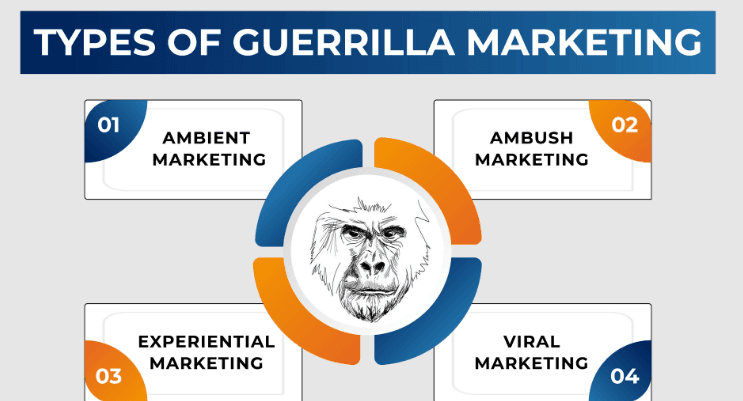
Ambush Marketing
The second type of Guerrilla marketing is ambush marketing:
Event Piggybacking: Leveraging popular events without sponsorship. A brand might create buzz around a major sports event.
Strategic Placement: Placing ads near event venues attracts event-goers. This indirect association can boost brand visibility.
Competitive Edge: Ambush tactics can outshine competitors. Clever positioning can divert attention from official sponsors.
Suggested Reading: Good Marketing
Experiential Marketing
The third type of Guerrilla marketing is experiential marketing:
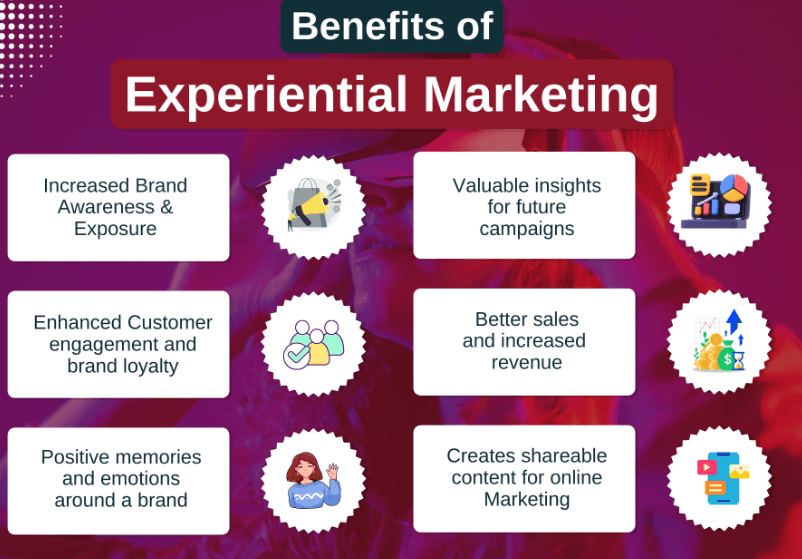
Interactive Experiences: Creating immersive experiences for the audience. A pop-up shop with interactive displays can engage visitors.
Memorable Interactions: Personal experiences leave lasting impressions. A brand-hosted event where attendees try products is impactful.
Emotional Connections: Experiences create emotional bonds with the brand. Engaging in events fosters positive associations.
Viral Marketing
The last type of Guerrilla marketing is viral marketing:
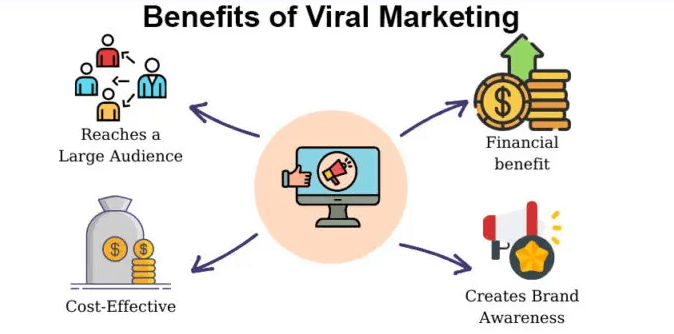
Shareable Content: Creating content designed to be shared. A funny video can quickly go viral.
Rapid Spread: Viral content spreads quickly. It reaches a large audience in a short time.
Organic Growth: Viral marketing relies on organic sharing. Genuine engagement boosts credibility.
Frequently Asked Questions (FAQs)
How does Guerrilla marketing differ from traditional marketing?
Guerrilla marketing focuses on low-cost, high-impact tactics, whereas traditional marketing often relies on bigger budgets and conventional methods like TV ads or print media.
What are some examples of Guerrilla marketing?
Examples include street art, flash mobs, viral social media campaigns, and interactive public displays. These tactics are designed to capture attention and generate buzz with limited budgets.
Is Guerrilla marketing effective for all businesses?
Guerrilla marketing can be effective for many businesses, especially small ones with limited budgets. However, its success depends on creativity, target audience, and alignment with the brand’s goals.
What are the risks of Guerrilla marketing?
Risks include potential backlash from the public or authorities, misinterpretation of the message, or unintended negative publicity. It’s crucial to plan carefully and ensure the campaign aligns with your brand values.
How can I measure the success of a Guerrilla marketing campaign?
Success can be measured through metrics like social media engagement, increased brand awareness, and direct feedback from the target audience. Tracking these indicators helps evaluate the campaign's impact and effectiveness.
